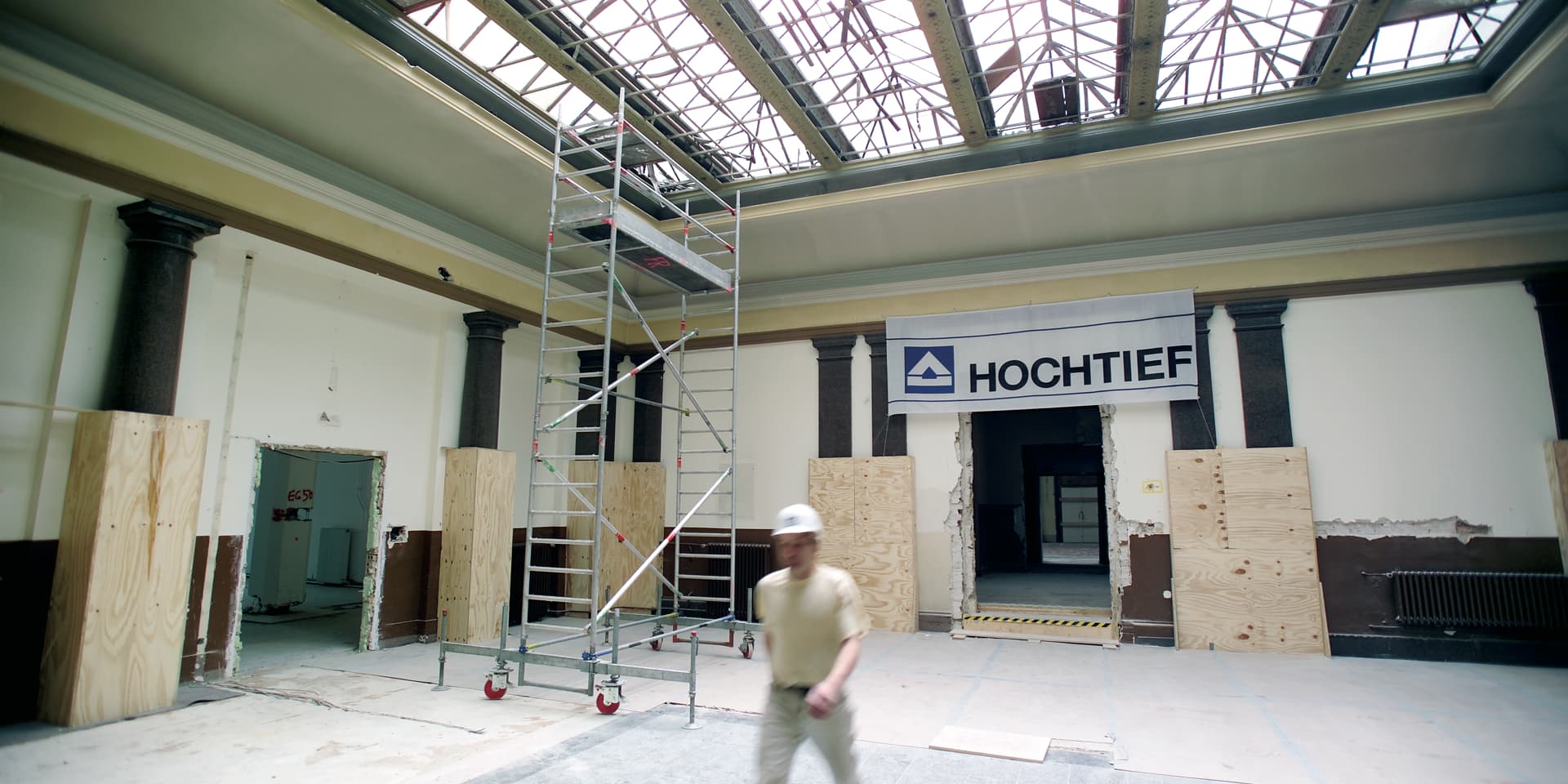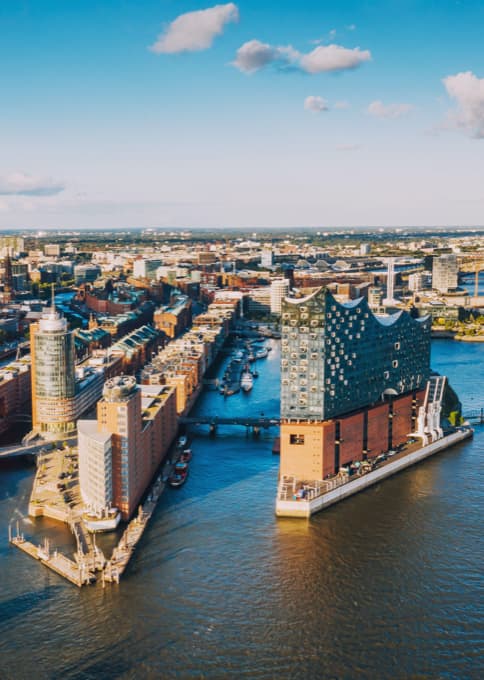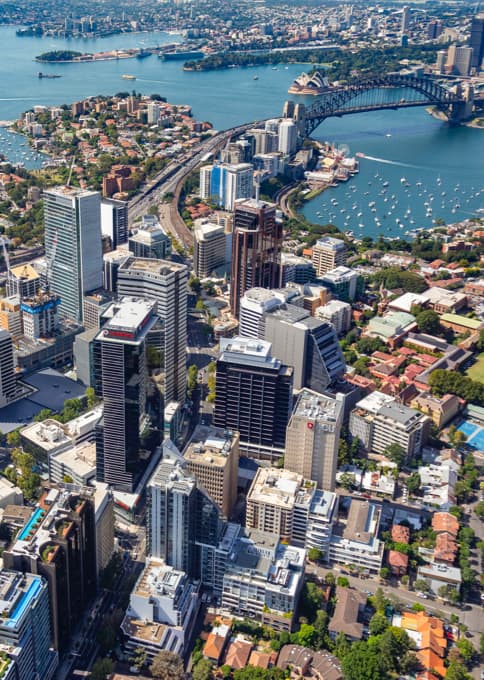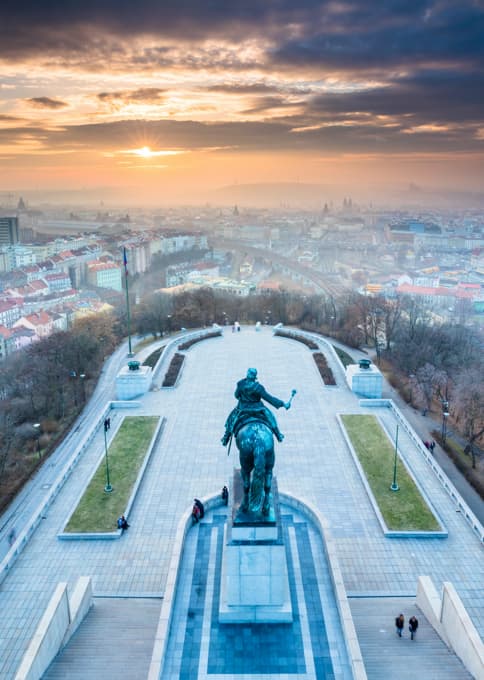We build Berlin
Das Projekt im Überblick:
- ursprünglich gebaut: 1870
- Restaurierung: 2017 bis 2022
- Inbetriebnahme: 2022
Former Residenz city, capital, division, fall of the Berlin Wall, reunification, capital—there is scarcely another major city where the cityscape has so rapidly changed over the decades as it has in Berlin—and this process is far from complete. Today, the city is undergoing a unique architectural transformation, is expanding in pace with a growing population, is repeatedly adapting to its turbulent history and in doing so is always reinventing itself. HOCHTIEF is actively helping to shape this change, focusing on maintenance and revitalization of the valuable, historic existing structures and hence ensuring a cityscape full of exiting contrasts.
On this page
Sony Center

From the former boundary of the city to the city center of the Golden Twenties—from the inner city wastelands bordering onto the Berlin Wall to Europe’s biggest inner city construction site—from no man’s land to crowd puller with around 110,000 visitors from all over the world daily: Like no other place in Berlin, the Sony Center at Potsdamer Platz symbolizes the breathtaking metamorphosis of this city. HOCHTIEF is managing the construction of the “City of Glass”, comprising 130,000 square meters.
The project at a glance:
- Architect: Helmut Jahn
- Construction time: 1995 to 1998
- Opening: 2000
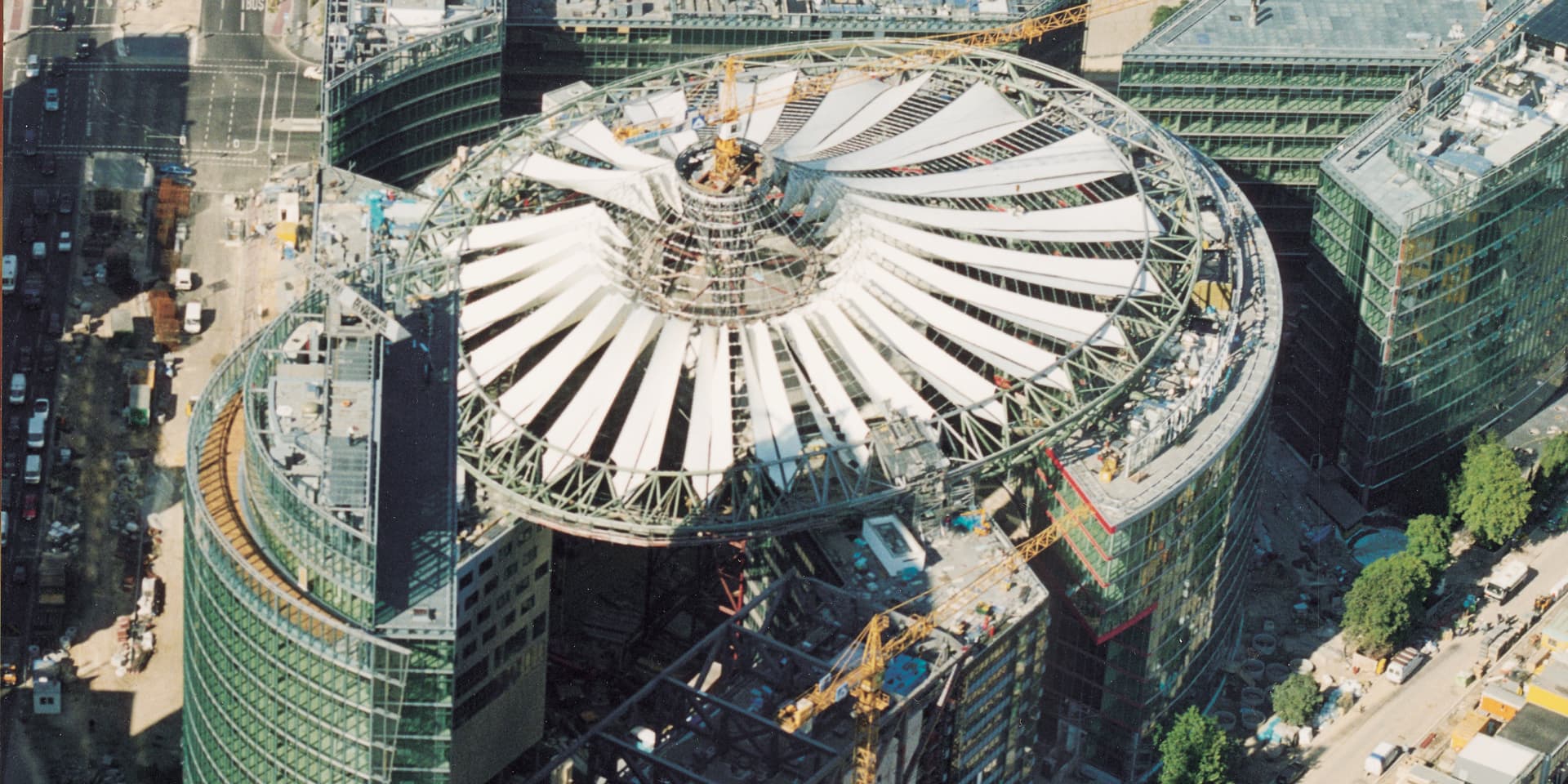



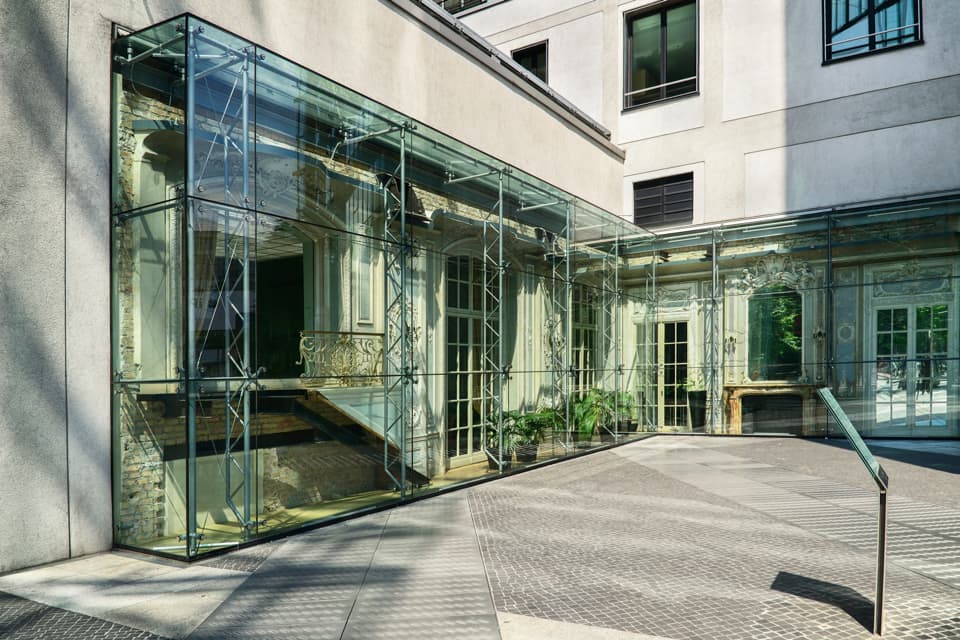
The ESMT

Different aspects of Berlin’s architectural history brought together in the most exciting way: A Baroque palace portal, 1960s -modernism and interior fittings produced by HOCHTIEF to comply with cultural heritage considerations and modern utilization and safety standards—the Headquarters of the European School of Management and Technology (ESMT) is one of the most important heritage buildings of German-German postwar history. It was originally built as the official residence for the GDR State Council, and after German reunification and the era of Honecker, for a short time it served as the official residence of the then Federal Chancellor Gerhard Schröder. Today it is an educational institute for tomorrow’s managerial staff.
The project at a glance:
- Refurbishment: 2004 to 2005
- Studies operation: since 2006



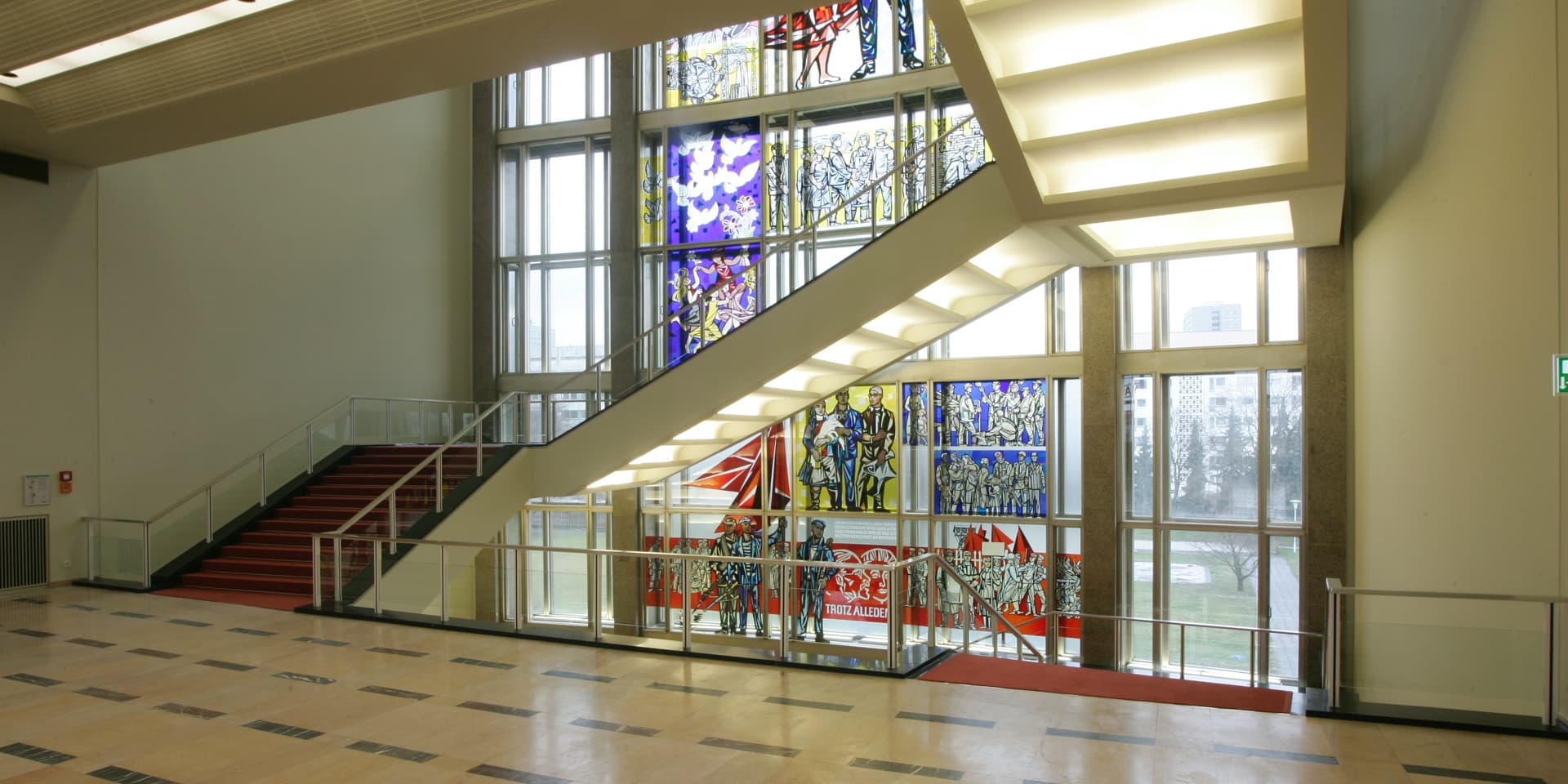



German Federal Ministry of Health

Just begging to be filmed—in the Federal Ministry of Health, the history of the place is tangible. The building ensemble constructed in the 1870s in monumental style and now subject to monument protection was once the head office of Deutsche Bank. After the Second World War, it was severely damaged before the complex was rebuilt and served the GDR as Ministry of the Interior. A short intermezzo as film set for the TV series Babylon Berlin followed, and it is now being converted by HOCHTIEF into a ministerial office building.
The project at a glance:
- Originally built: 1870
- Restoration: 2017 - 2022
- Commissioning: 2022



A great part of the building was used for indoor film shootings for the TV series Babylon Berlin. Before employees of the Federal Ministry of Health move in, everything will be completely gutted and refurbished—naturally without losing contemporary testimonies to previous phases of use.
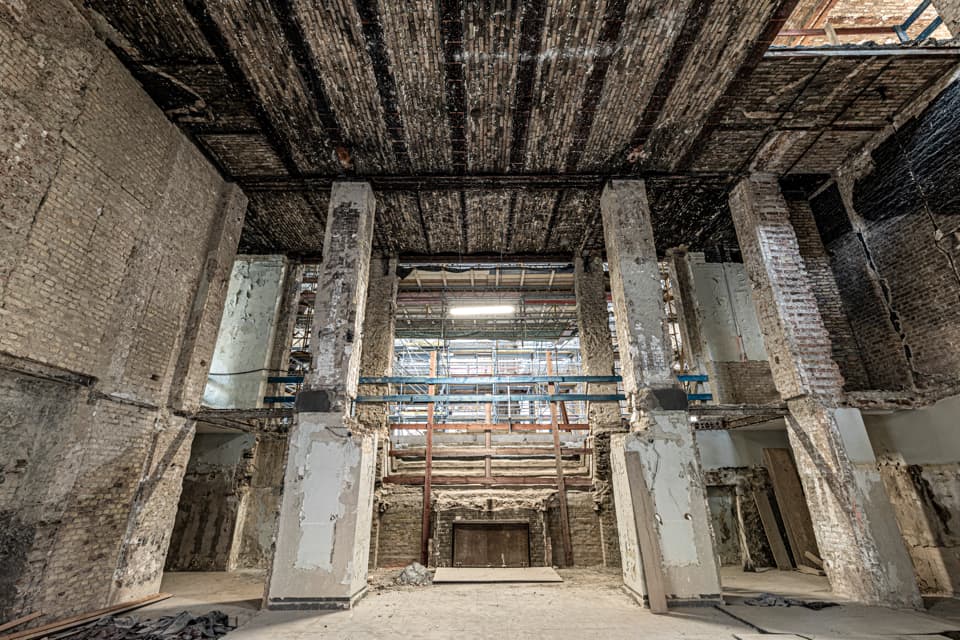
Wannsee Bathing Beach

“To make sure that the bathing beach is not washed away”—accompanied by a poster campaign, in December 2004 HOCHTIEF began restoring the traditional Berlin bathing facility which had seen better days. With great love for detail, the bathing beach—which Berliners had jokingly dubbed “bath tub”—was thoroughly refurbished. After three years construction time it was then time to once again “pack the bathing shorts”
The project at a glance:
- Client: Stiftung Denkmalschutz Berlin (monument protection foundation)
- Completion: 2007
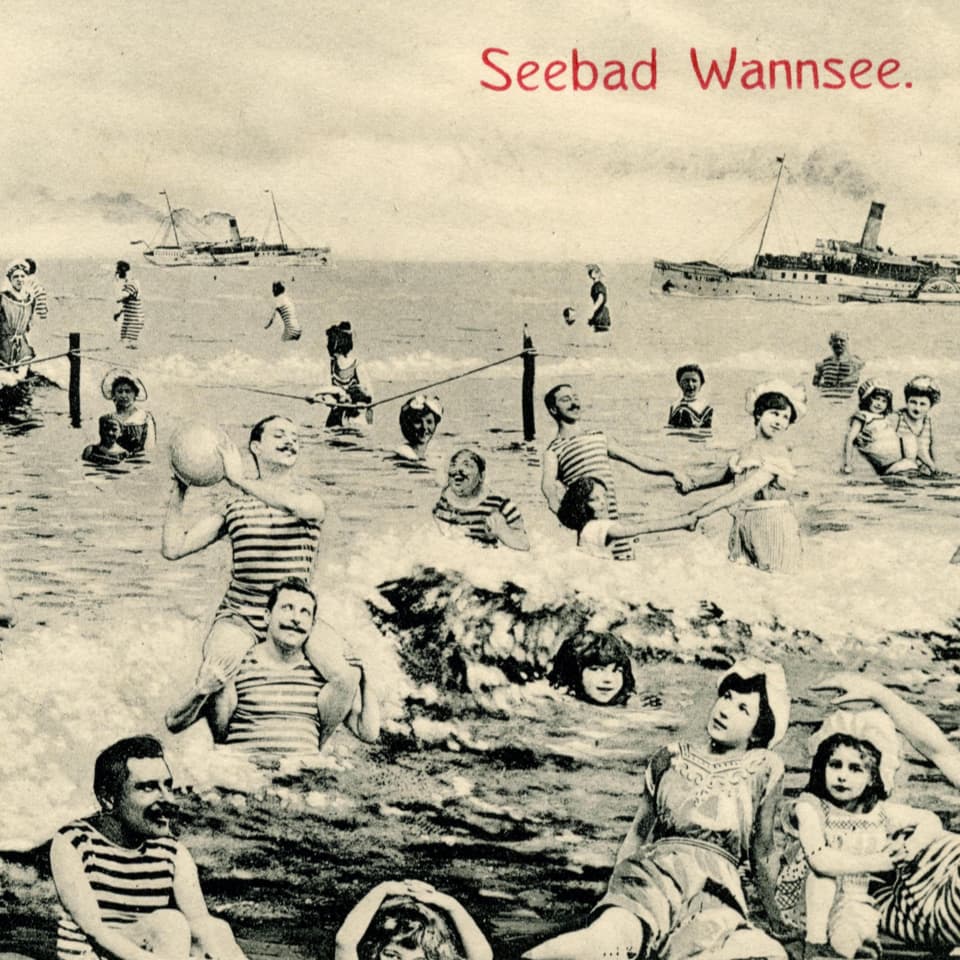
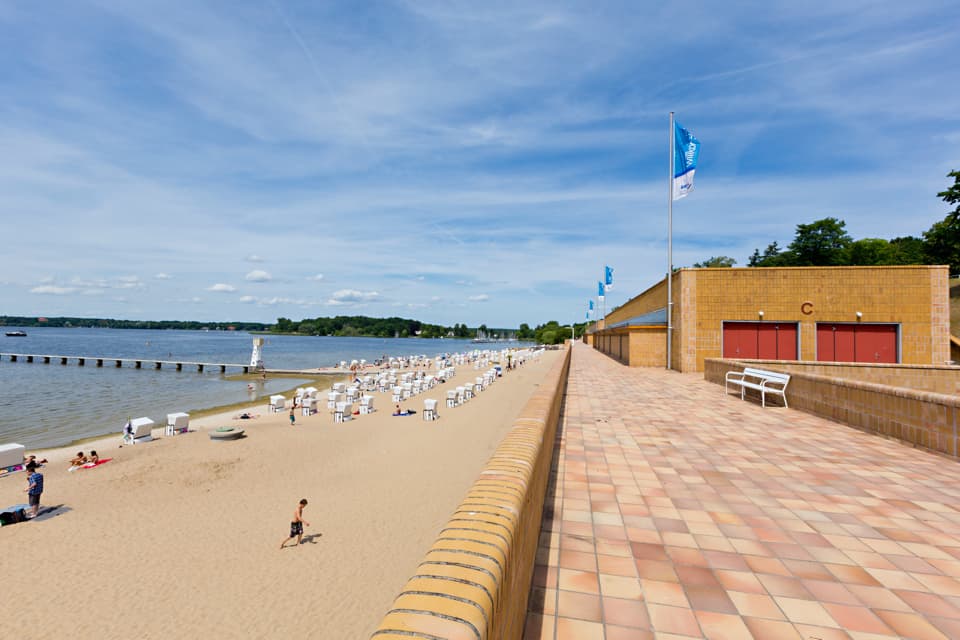
Mercedes Square

Where people once worked hard, people now go shopping and celebrate: On the site of the former East goods station a lively, modern urban quarter has emerged. Today around the Mercedes Benz Arena in the middle of Eastern Berlin on an area of 20,500 square meters, there are cinemas, concert halls, restaurants, shops, offices and hotels.
The project at a glance:
- Construction time: 2016 to 2018
Cooperation as the key to success: Under the management of HOCHTIEF, around 200 companies were involved in building the new highlight.
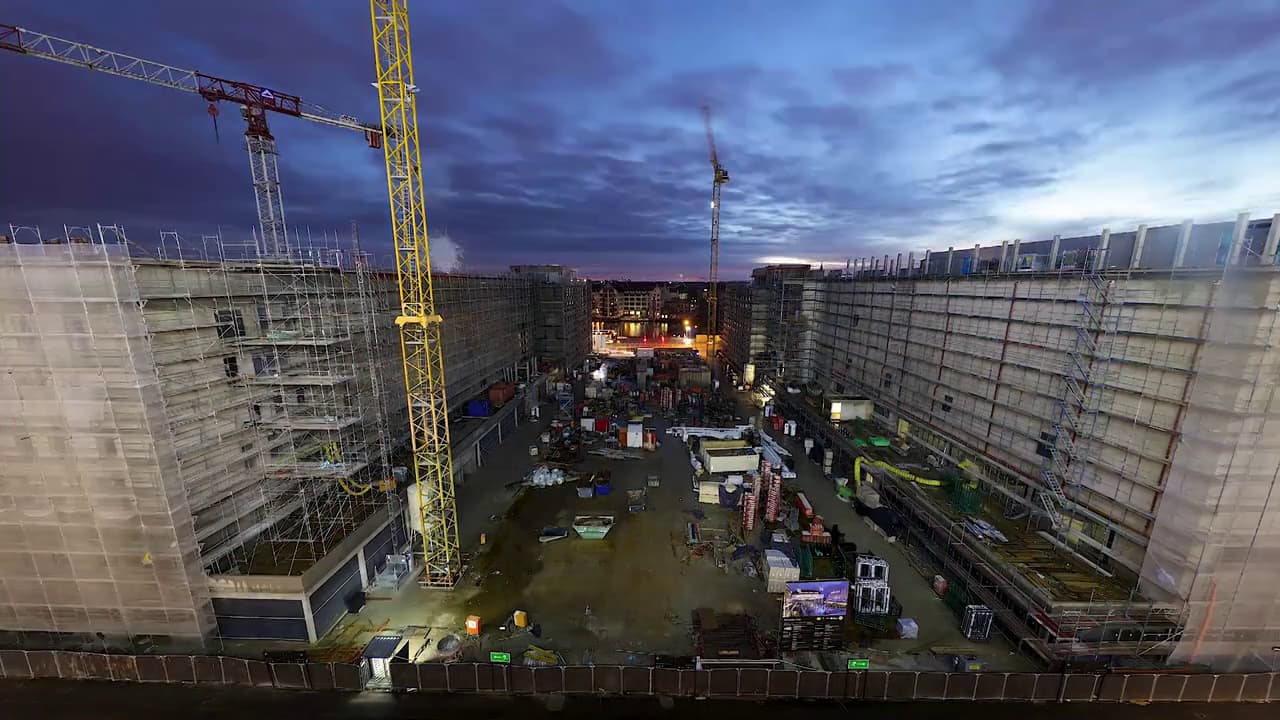
Previously Goods Station—Today Shopping Experience
On a surface area almost the size of three soccer pitches four building complexes are arranged around a public square with water fountains and plane trees.
Mercedes-Platz has become the vital centerpiece for the dynamically growing district along the East Side Gallery.
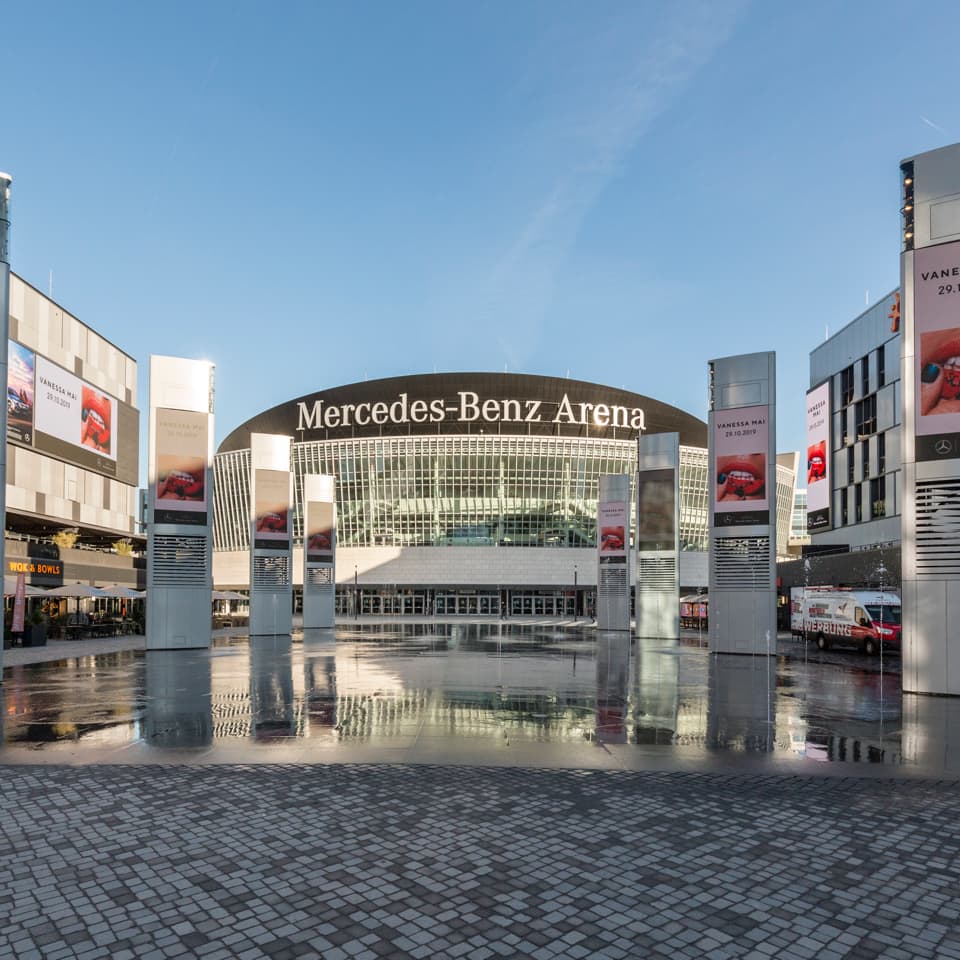


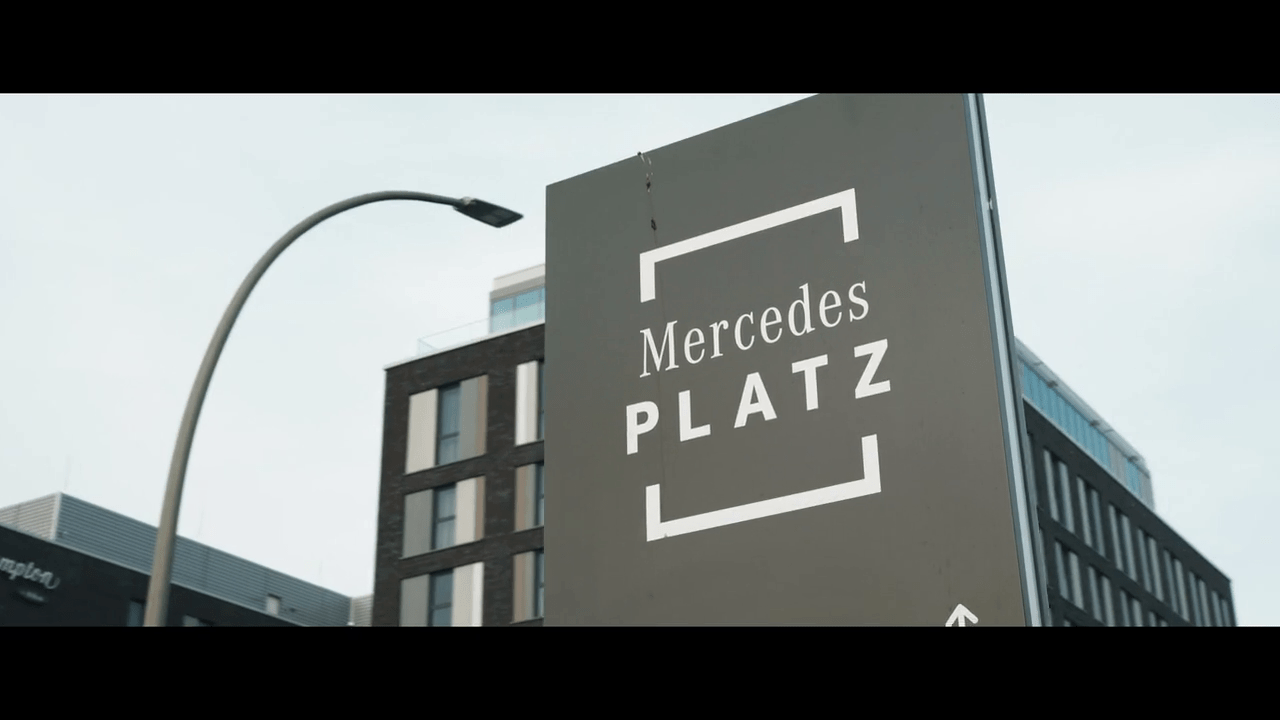
Areal am Tacheles

New life for Berlin’s most famous ruin
It began 110 years ago with the opening of one of the city’s biggest and most splendid shopping malls and ended in 2012 with the eviction of the ruin occupied by squatters from the artists’ initiative Tacheles. Now the building with heritage status located in the center of Berlin is being refurbished by HOCHTIEF. On the area, a district for modern living, working and shopping is being built—and art is also planned to once again thrive here.
The project at a glance:
- Architect: Herzog & de Meuron (HdM)
A Crown Jewel in Berlin-Mitte

Christa Panitzsch, HOCHTIEF team assistant at the project “Am Tacheles,” is fully in charge with the brashness of a Berliner and with her heart in the right place. She grew up just a stone’s throw from the Tacheles construction site and visited the cinema here in her youth. You can’t get much more of a personal connection with a project than that.
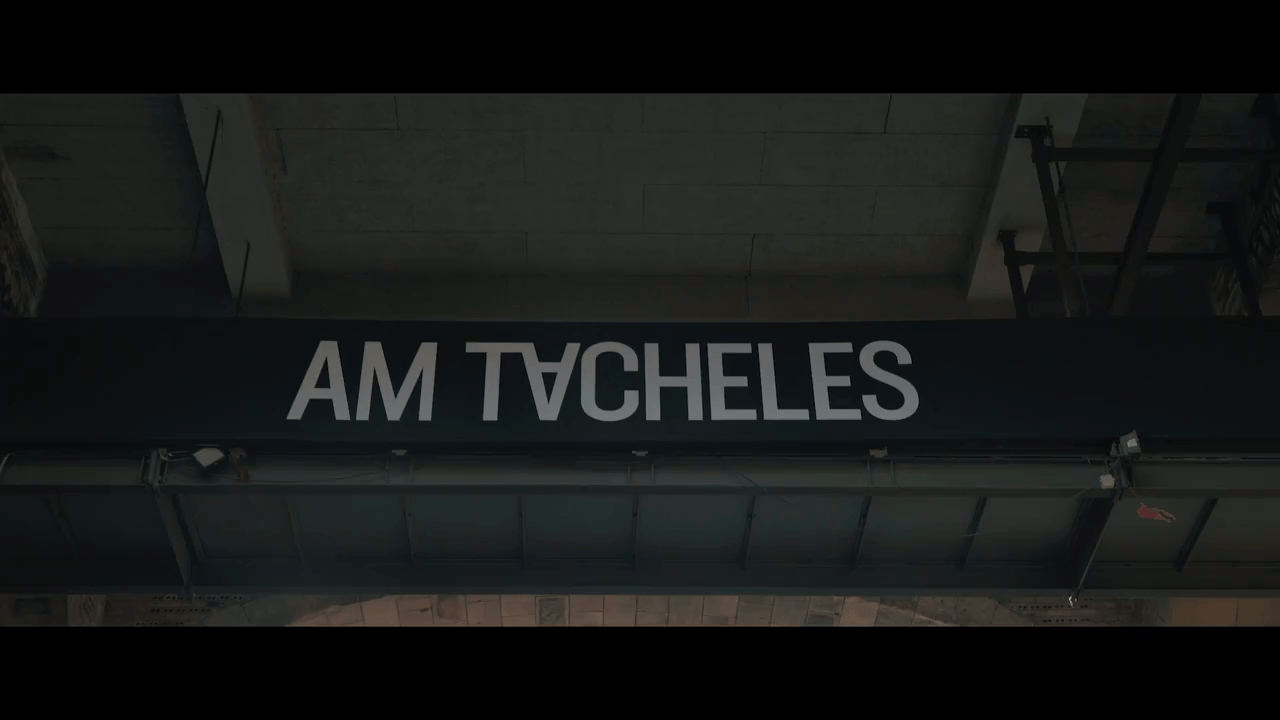
Subway construction

Sought: Construction solutions which protect the environment and historic buildings. Found: innovative construction processes and creative ideas. HOCHTIEF delivered, for example, a number of subway lines and tunnels in the capital, among others at Potsdamer Platz, under the Großer Tiergarten park and at Brandenburg Gate. There, directly in front of Hotel Adlon, HOCHTIEF constructed the subway station Brandenburger Tor (Brandenburg Gate), thus making a major contribution to the U 55 subway. The “Chancellor Line” connects Brandenburger Gate with the main railway station and is regarded as one of the most prestigious transport projects of the federal capital.
The project at a glance:
- Client: Berliner Verkehrsbetriebe (BVG)
- Completion: 2008
The Construction of a Chancellor Line
The particularly fine sandy Berlin soil and the high water table made HOCHTIEF deploy an unusual process for constructing the subway tunnels at Brandenburger Gate.
Through creating artificial ground frost, the sandy layers containing water were frozen into a two-and-a-half meter thick icy slab.
Frank Abel, HOCHTIEF expert for tunneling, reports about the challenges involved with subway construction in inner-city locations.
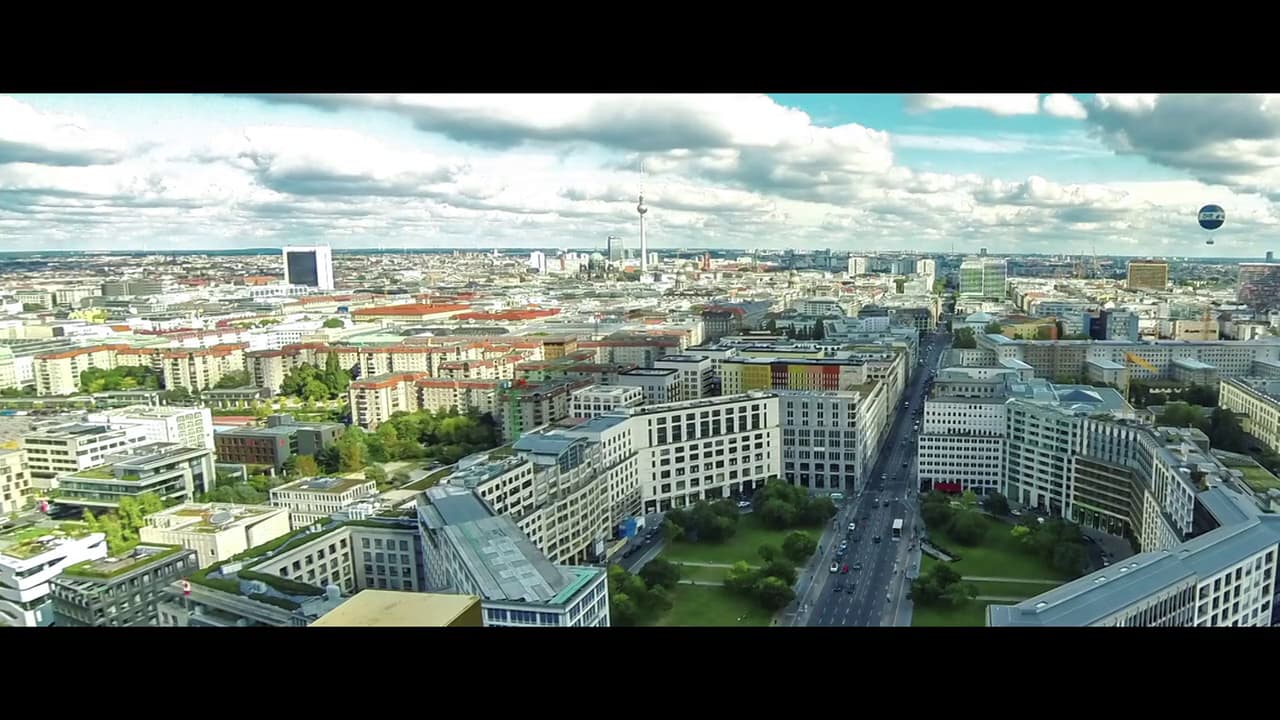
Tunnel and Trough Grenzallee

Large-scale Project “Tunnel and Trough Grenzallee” of the A 100 Highway
Sandy soil, high water table—the Berlin ground is a challenge for civil engineering. The two factors also play a major role in the expansion of the A 100 highway, one of the main traffic arteries of the southeastern inner city. HOCHTIEF is responsible for building a section, including a tunnel. Here 20 meter deep construction pits and diving construction workers are a daily routine. Once the highway section with a total length of three kilometers is completed, it will considerably relieve inner-city traffic.
The project at a glance:
- Client: Senate Administration for the Environment, Transport and Climate Protection in Berlin
- Construction time: 2014 to 2022
Building Tunnels with Divers





Hotel de Rome

From Bank Building to Luxury Hotel
What a metamorphosis: The impressive building dating from1889 was once the headquarters of Dresdner Bank, and after the war the headquarters of the GDR state bank. Today, thanks to renovation by HOCHTIEF, it is a top-end luxury hotel with heritage status.
The project at a glance:
- listed historic building
- Opening: 2006
Transformation of a Bank into a Hotel
Hotel de Rome is part of the Opern Carrée at the “Unter den Linden” boulevard and was opened in October 2006.
In the terrazzo flooring of the former counter hall—of today’s ball room—are the names of the former main branches of Dresdner Bank: Dresden, Bremen, London and Berlin.
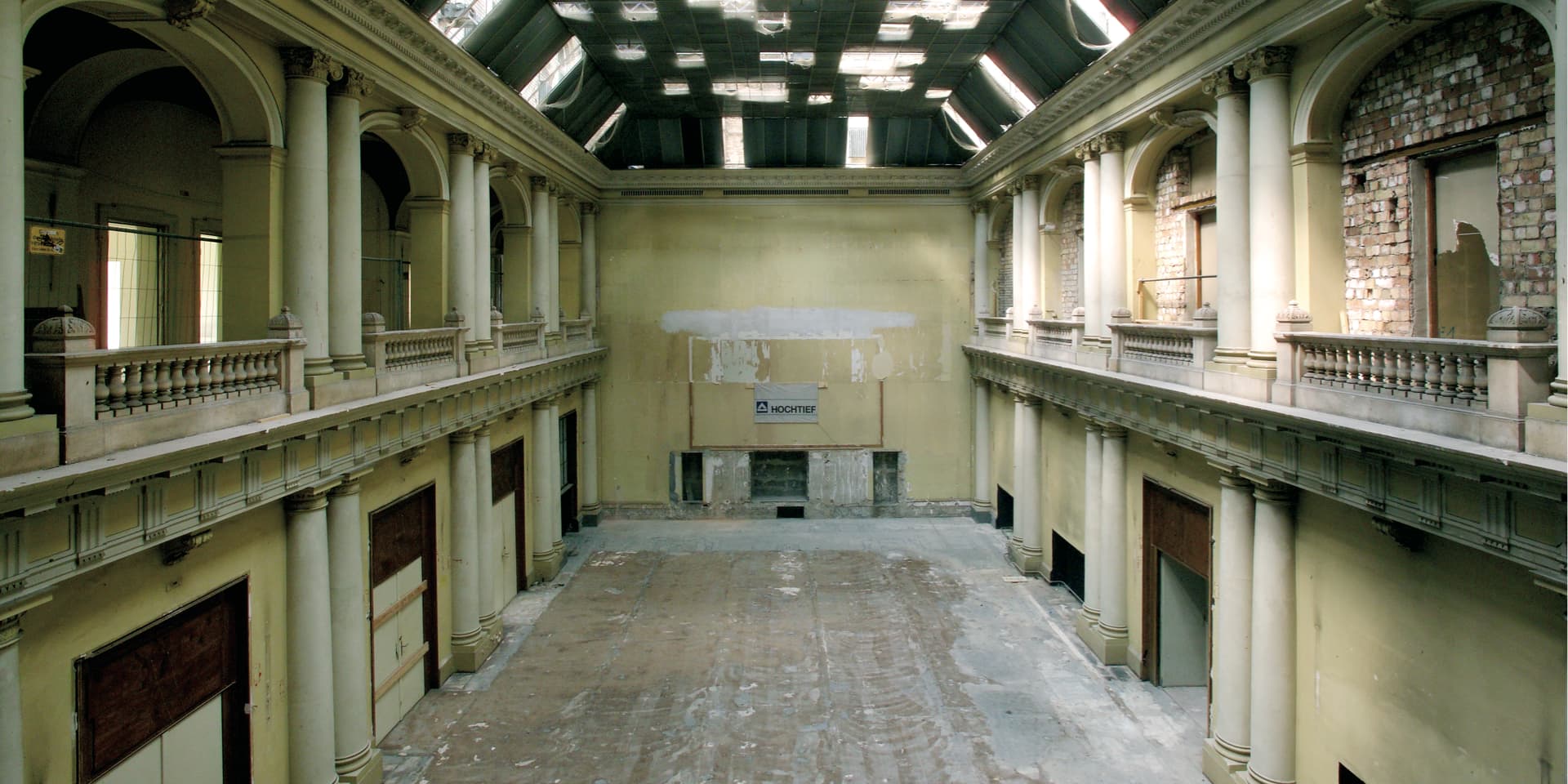
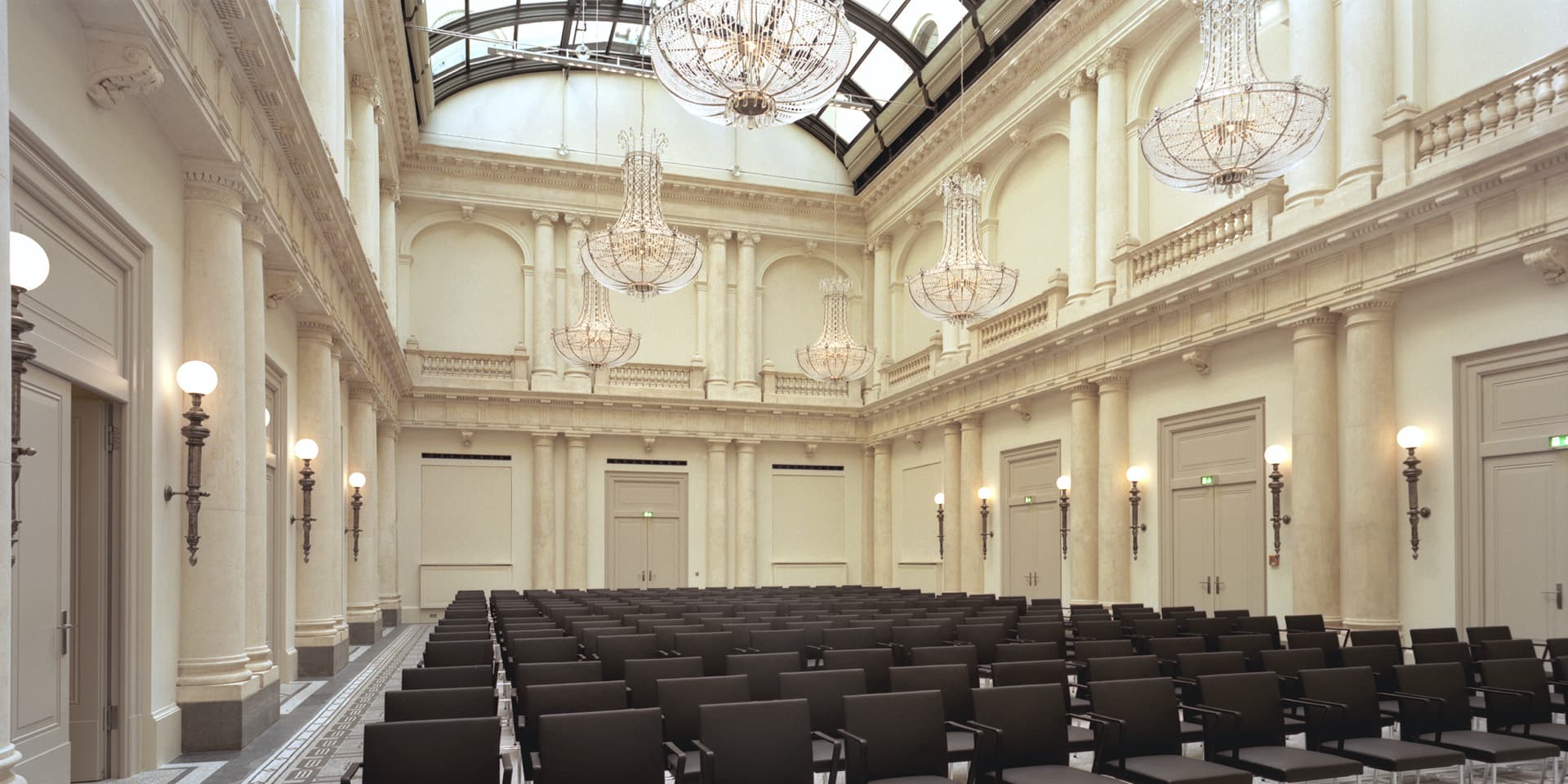
The spa area of the hotel is in one of the eight former vaults in the basement of the bank. Today the 15 centimeter thick steel doors lead to the treatment rooms. And in a second vault—the former diamond safe—the hotel pool is located now.


The new hotel lobby with illuminated ceiling was elaborately renovated and stylishly furnished. The combination of history, culture and urban lifestyle makes Hotel de Rome a noble highlight in the capital.
